Haworthias are tender succulents with varieties of beautiful leaves. Their primary weaknesses are overwatering, direct sun exposure, and cold drafts. You won’t enjoy seeing them die in front of your eyes.
If your Haworthia is dying, you can bring them back to health if the damage level is not too high. Reviving the Haworthia includes:
- Pruning the damaged parts.
- Plant them at an ideal location.
- Give them the proper amount of light and water.
- Avoid stressing them further.
- For pests and fungal diseases, treat them with insecticide and fungicide.
If we can provide them with a good environment to thrive, then within a few weeks, you will see them flourish.
Both newbies and experienced gardeners might face problems with their Haworthias. I will explain it in detail in this article.
So, go through it thoroughly to prevent yourself from making the mistakes that lead to a dying Haworthia.
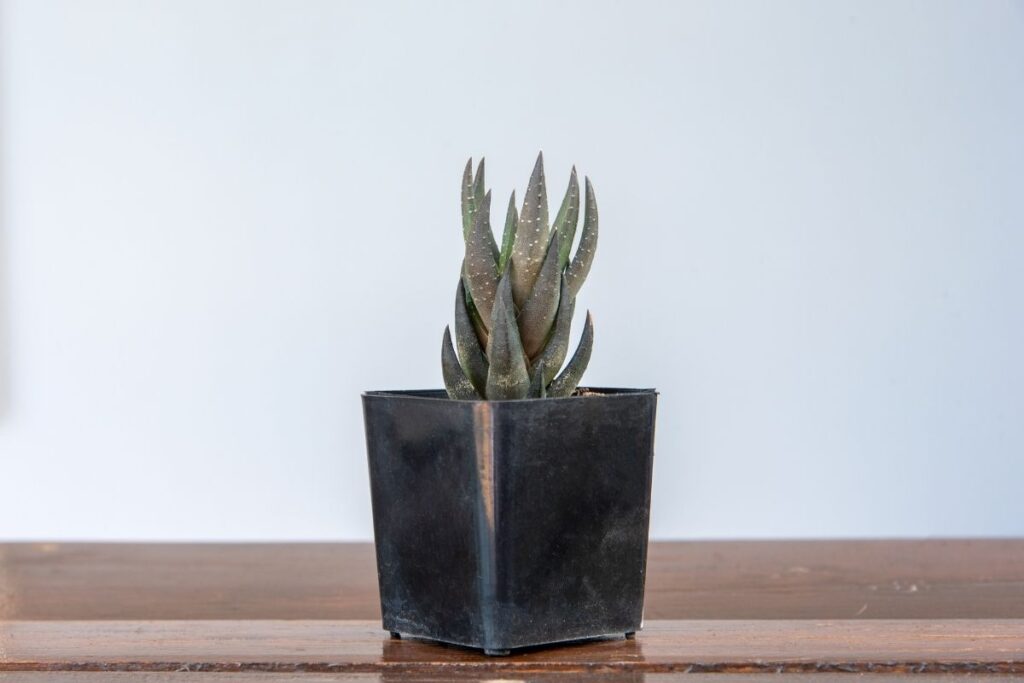
My Haworthia is dying: What should I know?
Haworthias are available in different varieties, and each variety has differently shaped and designed leaves.
They look unique and attractive.
With proper care and attention, they thrive both indoors and outdoors.
Haworthias are hard to kill and quite low-maintenance plants.
With infrequent watering, indirect sunlight, and average temperature, they will stay healthy for a long time.
Since they are tender succulents, they cannot tolerate overwatering, direct sun, or frosty weather.
Exposing Haworthias in such an environment makes them very unhealthy and increases their risk of dying.
When they turn unhealthy and start walking towards the path of death, they will display some signs.
If you can catch and identify the problem with the signs, you can save them and help them revive faster.
The signs are:
- Yellow or brown leaves
- Dry and crispy leaves
- Mushy leaves
- Dark brown roots
- Falling leaves
- Soil releasing a foul smell
- The leaves have black marks.
- White spots, indicating sunburns or powdery mildew.
- Leaves have black, wet spots all over the leaves and stems.
- Misshapen leaves
Also read: Is My Haworthia Dying? (9 Signs+How To Fix)
Why is my Haworthia dying?
To revive your Haworthia from dying, you need to detect the right problem and solve it as required.
Furthermore, you need to take care of the plant and prevent further stress.
So, let’s dive into the reasons and ways to revive them one by one.
Looking for gardening supplies? We have tested 100's of products before recommending them to you guys. Check out our best pick below:
| Image | Gardening Supplies | Best Price? |
|---|---|---|
 Top
Top Top
Top | Raised Garden Bed Kit | Check On Amazon |
 | XLUX Soil Moisture Meter, Plant Water Monitor, Soil Hygrometer Sensor for Gardening, Farming, Indoor and Outdoor Plants, No Batteries Required | No Results |
 Top
Top Top
Top | 82 Pcs Garden Tools Set and Extra Succulent Tools Set | Check On Amazon |
 | Joeys Garden Expandable Garden Hose with 8 Function Hose Nozzle, Lightweight Anti-Kink Flexible Garden Hoses, Extra Strength Fabric with Double Latex Core, (50 FT, Black) | No Results |
 Top
Top Top
Top | Dual Chamber Compost Tumbler | Check On Amazon |
 Top
Top Top
Top | Sunnyglade Plant Stakes | Check On Amazon |
 Top
Top Top
Top | Organic Cold Pressed Neem Seed Oil | Check On Amazon |
 Top
Top Top
Top | Mighty Mint Gallon :-Insect and Pest Control Peppermint Oil | Check On Amazon |
 Top
Top Top
Top | Scotts DiseaseEx Lawn Fungicide | Check On Amazon |
 Top
Top Top
Top | Jacks Classic 20-20-20 All Purpose Fertilizer | Check On Amazon |
 Top
Top Top
Top | 30,000 Seeds Pollinator Attracting Wildflower Mixture | Check On Amazon |
 Top
Top Top
Top | Survival Vegetable Seeds Garden Kit-Over 16,000 Seeds | Check On Amazon |
How to revive Haworthias from overwatering and root rot?
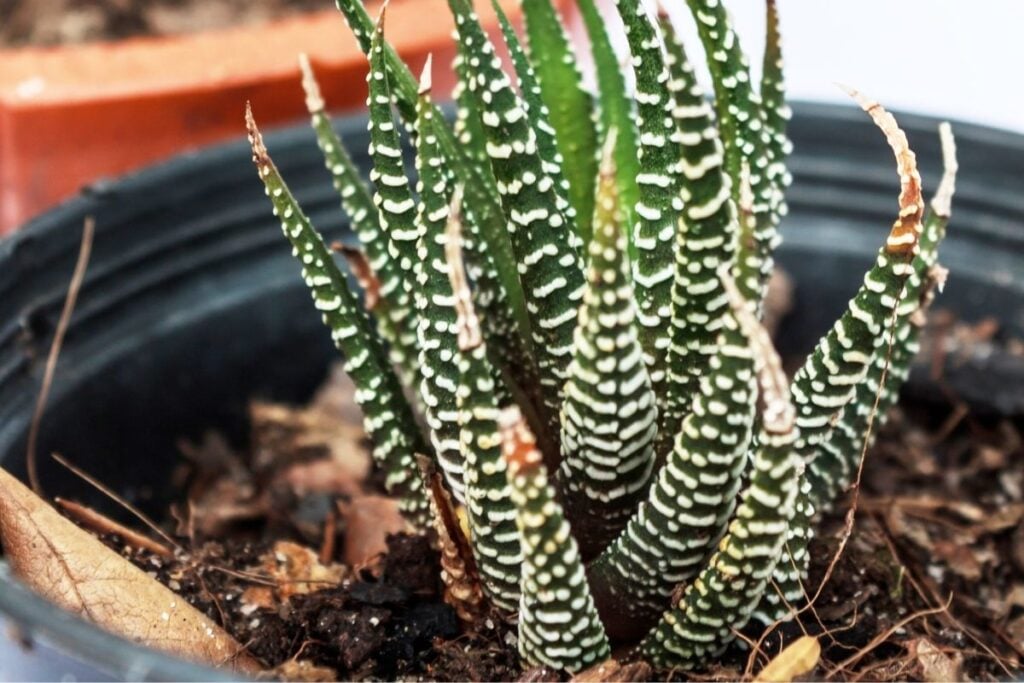
Haworthias grow best when watered infrequently.
You need to allow the soil to dry before watering.
They can tolerate dry conditions, but they won’t bear dampness.
Underwatering can be easily solved, but overwatering for a long time will rot the roots.
If the roots always stay wet, they will become soft and mushy, which will further cause rotting.
If this condition extends, the plant will end up dying.
Sometimes, this situation occurs when you water them perfectly but, they don’t drain the excess water.
It is seen the soil holds moisture for a long time, or the container doesn’t have drainage holes.
To stop overwatering:
- Stop watering until the soil gets dry.
- Let them have bright, filtered sunlight. Don’t expose your Haworthias to the direct sun.
- Avoid fertilizing at this moment since the plant is weak enough.
- Add some layers of gritty materials like coarse sand, perlite, or gravel to help the moisture dry out faster.
- For the next watering, check whether the top 2-3 inches got dry or not.
- Use well-drained soil, like 50% gravel or coarse sand and 50% garden soil; you can also add perlite or pumice. Don’t add peat moss.
- You can also use readymade commercial cactus potting mix.
- Use a container with a drainage hole. For additional betterment, use terracotta pots.
- Once the roots start rotting, they will turn soft, mushy, and dark brown. Over time, the soil will release a foul rotting smell. If you don’t attend to the problem, the plant will be dead. You can revive the plant if the damage levels are not extremes.
To revive the plant from root rot:
- Take the Haworthia out of the ground or pot to check the roots.
- Get rid of the dirt from the roots with a clean brush. Don’t wash them since they are already damp enough.
- Remove the dead and damaged roots. They will be dark brown and have a bad smell. If the plant lives, the roots will grow back. So, don’t hesitate to cut them off.
- Also, remove some damaged leaves. It will encourage them to grow new leaves. If not, the plant can breathe. The emptiness will get filled with offsets.
- Apply some fungicide. This will prevent the development of any fungus.
- Now, find a dry location to plant Haworthias. Tilt the soil bed and add porous materials like perlite, pumice, gravels, or poultry grit to improve drainage.
- Make sure the area receives indirect sunlight. If the sun is direct, put on shading nets.
- Water them little to let the soil moist. Within a few weeks, the plant will be back to normal.
- Don’t fertilize for some weeks.
- Water only when the soil feels dry. Be cautious and try not to make the same mistake again.
Also read: How Often To Water Haworthia? (Haworthia Water Requirements)
How to revive Haworthia from underwatering?
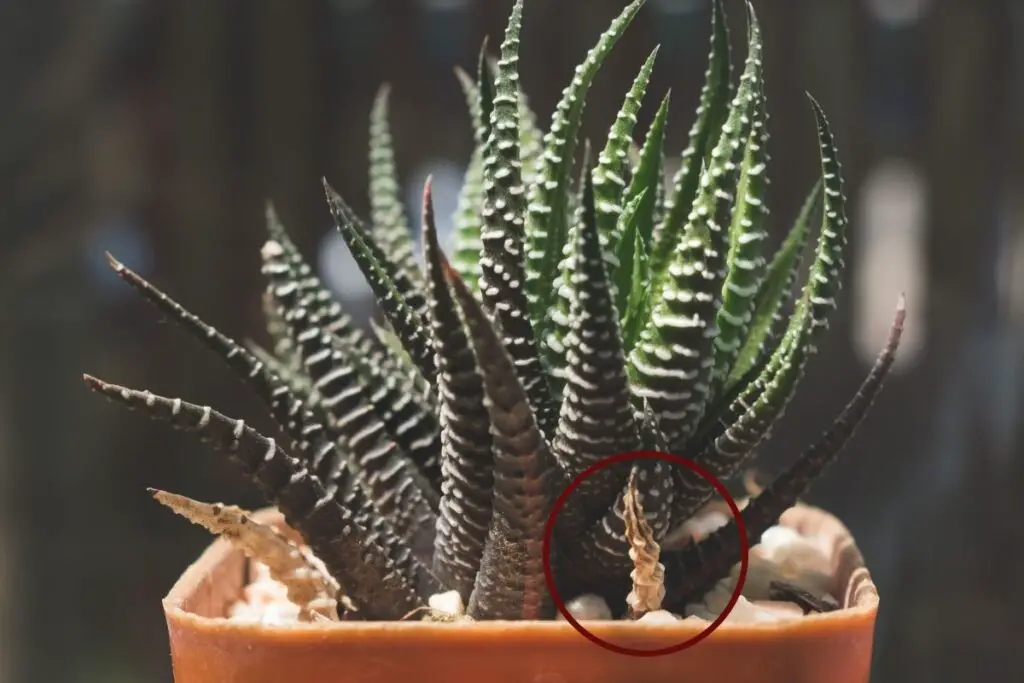
Though underwatering can be tackled easily, it can kill your plant if they are not given the right amount of water at the right time.
They can stay without water for some weeks but not for months.
Haworthias can store water in their leaves, but eventually, they need water.
They won’t preserve the water if you don’t give them.
Without that, they will slowly turn yellow or brown, dry, and crispy; the leaves will become thin and fall apart.
Ultimately, they will die.
To save the plant from underwatering:
- Give the plant a good drink and soak the soil bed well.
- If the Haworthias grow in pots, provide water until excess water drains out of the potholes.
- Sometimes, the soil you use can drain water too fast. The soil must be well-drained, but it must also retain the required moisture.
- Water every 2-3 weeks. Always check the moisture to know when they need water. Provide water when the top few inches are dry. Never restrain them from it.
Also read: Why Is My Haworthia Turning Brown? (Causes+How To Fix)
How to revive Haworthia from light problems?
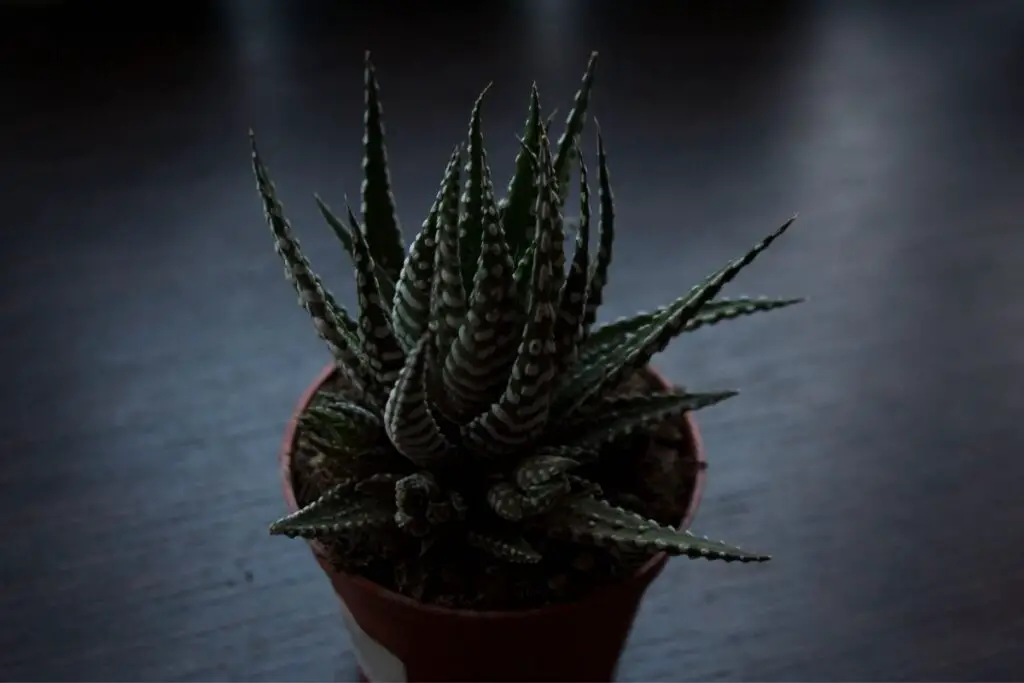
Both excessive sunlight and low light can kill Haworthias.
Their light requirement is neither high nor too low.
They do best under the bright, indirect sunlight.
That is what they receive in their natural habitat, under shrubs.
Some varieties even have a transparent lens to absorb light and are very sensitive to direct sun.
Since they are not habituated to receiving too much sunlight, they will first turn white, red, or yellow.
This is a signal that they are not doing well under direct sun and need shade.
If you don’t shade the plant, the leaves will turn brown due to burning.
For photosynthesis, the plant needs light.
Photosynthesis will not function well without it.
As a result, the Haworthia will stop growing, etiolate, and become fragile.
Without sufficient light, the soil will take a lot of time to dry.
If you continue normal watering, they will again experience overwatering.
To give them their adequate light:
- Choose an ideal location that receives bright indirect sunlight.
- Some trees near the spot at a proper distance can filter the light and reach the garden bed.
- You can do the same if you place some potted sun-loving plants near the Haworthias.
- If you don’t get an ideal location, put on shading nets.
- For indoor plants, you can choose any direction. If they are near south or west-facing windows, put on sheer curtains and keep the plant a few feet back.
- The best directions are north and east. They will give perfect morning sun, and as the day progresses, sun intensity will reduce and fade.
- You can also use artificial lights, especially indoors. Traditional, white and cool fluorescent lights are best for them.
Also read: How Much Light Does Haworthia Need? (Haworthia Light Requirements)
How to revive Haworthias from cold injury?

Haworthias are tender succulents and grow ideally when the temperature stays warm.
Being soft succulents, they won’t endure such low temperatures.
However, they can tolerate cool winters, like those in the regions having zones 9-11.
But, if your area gets temperature below 30°F or frosty weather, you must protect them.
Grow them in containers to bring them indoors in the winter.
If you don’t safeguard them, Haworthias will get frostbite.
Letting the plant stay outside for 2-3 days in such frozen winter is enough to kill it.
The cells freeze and burst inside the leaves in such weather.
As a result, the leaves will have damp, black marks resembling wet signs.
If you take quick action, you can treat the plant and revive it back.
For reviving the plant from cold damage:
- Shift the plant to an area where the average temperature is not cold.
- Let the leaves dry for some weeks. Keep them under filtered sunlight.
- Don’t bother them with direct sun or watering. That will rot the plant.
- You can remove some damaged leaves. After they dry out, they will turn dry and crispy.
- Cutting off the leaves can let the plant breathe and grow more leaves.
- Let them form callous after cutting off.
- After a few weeks, the plant will be fine and back to life.
- Once the plant is fine, start with normal watering after dry soil.
- Take precautions and grow them in containers to take them indoors in such a climate.
Also read: Haworthia Temperature Tolerance: High And Low Temperature Guide
How to revive the Haworthia from pests and diseases?
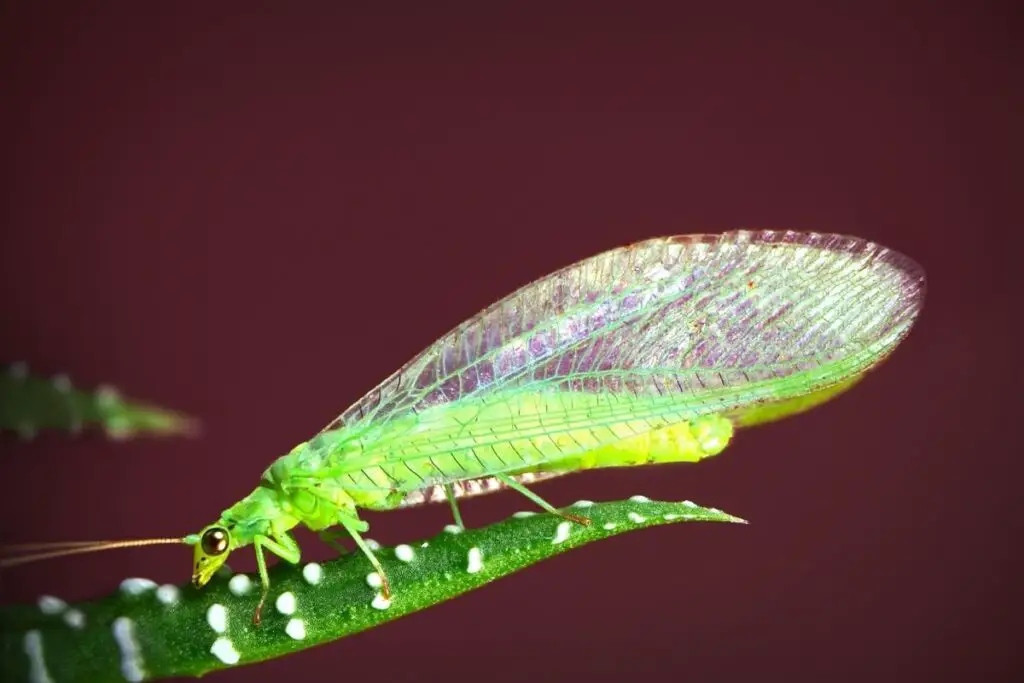
Pests and diseases are severe problems and need treatment as quickly as possible.
If you don’t give attention to the plant, they will feed on the whole plant.
Some will suck the saps, and some will gradually chew them and kill them.
Many diseases like root rot, southern blight, rust, botrytis blight, crown rot, and powdery mildew can result in the death of the Haworthia if not taken steps earlier.
When you already see the signs like white marks (mildew), brown or black spots on the leaves and stems, the plant falling apart from the center, dark spots with yellow or orange haloes in your plant, it means the disease is already there.
Slowly, they will result in the ultimate demise of your plant.
To revive the plant from pests:
- Isolate the plant if the infestation is huge to prevent spreading.
- Mix 1 tablespoon of neem oil with 8 cups of water and spray it on the infected area. Also, spray it on the whole plant to stop them from spreading.
- You can dab rubbing alcohol on the infested. This can weaken the shelled pests like mealybugs and scales and kill them.
- Use some insecticidal soap like Castile and Safer soaps. Mix a few drops of it with water and focus on the infected area.
- You can shower the plant well, so wash off the bugs.
- If the infestation is small, you can handpick them. For example, if you see a few brown bumps, these are scales. You can remove them with your fingernail or tweezers.
- Release some ladybugs as they feed on bugs, especially aphids and soft-bodied scales.
- If the infestation is too much and the above methods are not working, you must use chemical pesticides and insecticides. Use them carefully and read all instructions. A wrong application can cause chemical shock.
For getting rid of diseases:
- It is better to prevent the disease before it happens. Reviving becomes easy. In most cases, a moist and humid climate encourages diseases to happen. Try to avoid them.
- You can spray some fungicide on the plant.
- You can also try homemade fungicides made with baking soda and water.
- Keep a distance between each plant for good air circulation. It reduces humidity levels.
- Don’t water until the soil gets dry.
- Avoid placement areas like the bathroom, kitchen, aquarium, and fireplaces if your plant is inside. These are some of the highly humid areas.
- You can fix de-humidifiers too.
- Remove some overly damaged leaves. The leaves may or may not grow. If not, the emptiness will be filled with offsets and won’t be noticed.
Also read: Haworthia Pests Problems: Common Pests+How To Eliminate
Key care tips in brief
| Factor | Key Care Tips |
|---|---|
| Light | Don’t expose Haworthias to direct sunlight, except in the early morning. They must receive filtered light all day. |
| Water | Add water only when the top few inches of the soil get dry. Check the moisture daily. But never keep them thirsty for months or years. Water sparingly during the summers and winters to keep the plant cool and hydrated. |
| Humidity | Avoid humid areas. Keep a distance between the plants for good airflow. |
| Fertilizing | Feed them only during the spring and fall, when they actively grow. Avoid fertilizing in the summers and winters. |
| Temperature | Protect during the freezing winters. Take them indoors if your region gets low temperatures in the winter. |
| Repotting | Repot every 2-3 years. |
| Soil | Use well-drained soil to avoid root rot. |
| Disease | Take precautions before any disease appears on your Haworthia. Avoid those situations that can encourage the diseases. |
| Pests | Look out for pests daily. The moment you find it, spray some neem oil to prevent their progress. |
Final thoughts
Killing Haworthias is both hard and easy. If you follow the care tips I shared, the plant will be hard to kill. They will thrive for years, and you can even get more if you propagate them with leaf cuttings, offsets, or seeds.
If the damage level is low and within control, you can always revive the plant back.
But if you constantly ignore them just because they are succulents and can endure ignorance, you will witness their death with your own eyes. You will be helpless.
You can grow them both indoors and outdoors. Following the right care tips, they will thrive in both locations.
Reference: The Haworthia Society, Botanical Studies, University of Wisconsin-Madison, Sciencedirect, Researchgate, Haworthia Study.

Can you tell me if I’ve killed my Haworth is limifolia? Many of the bottom and top leaves turned brown and brittle. Not enough water and light, I’d say. Also, the plant started to fall over like it has a weak stem at the base of the plant. Some of the top leaves are purple/dark and some of the bottom leaves are green. Today, when I took it out of the soil to check for root rot, I noticed the roots were stringy and dark brown. (I can send you pictures if you want.) As I was pulling dead leaves from the bottom I accidentally pulled off the roots! Now there’s only a nub where the roots used to be!
Can you please help me save my plant?
I’m sorry to hear that your Haworthia limifolia is not doing well. Based on the symptoms you described, it sounds like the plant may have suffered from a combination of factors including underwatering, low light, and root rot.
The brown and brittle leaves are a sign of underwatering, while the falling over of the plant and weak stem at the base may be due to a lack of light. The purple/dark leaves on top and green leaves on the bottom may be a sign of stress or nutrient deficiency.
The dark brown, stringy roots are a sign of root rot, which is caused by overwatering and poor drainage. When the roots are damaged or destroyed, the plant will have a difficult time getting the water and nutrients it needs to survive.
To try and save your plant, you can start by removing any dead or damaged leaves and trimming back any mushy or rotting roots. Repot the plant in fresh, well-draining soil and a pot with drainage holes. Water the plant sparingly, allowing the soil to dry out slightly between waterings. Place the plant in a location with bright, indirect light to help it recover.
It’s important to note that plants with severe root damage may take some time to recover, and there is no guarantee that your Haworthia limifolia will survive. However, by taking these steps, you may be able to give it a fighting chance.